TABLE OF CONTENTS
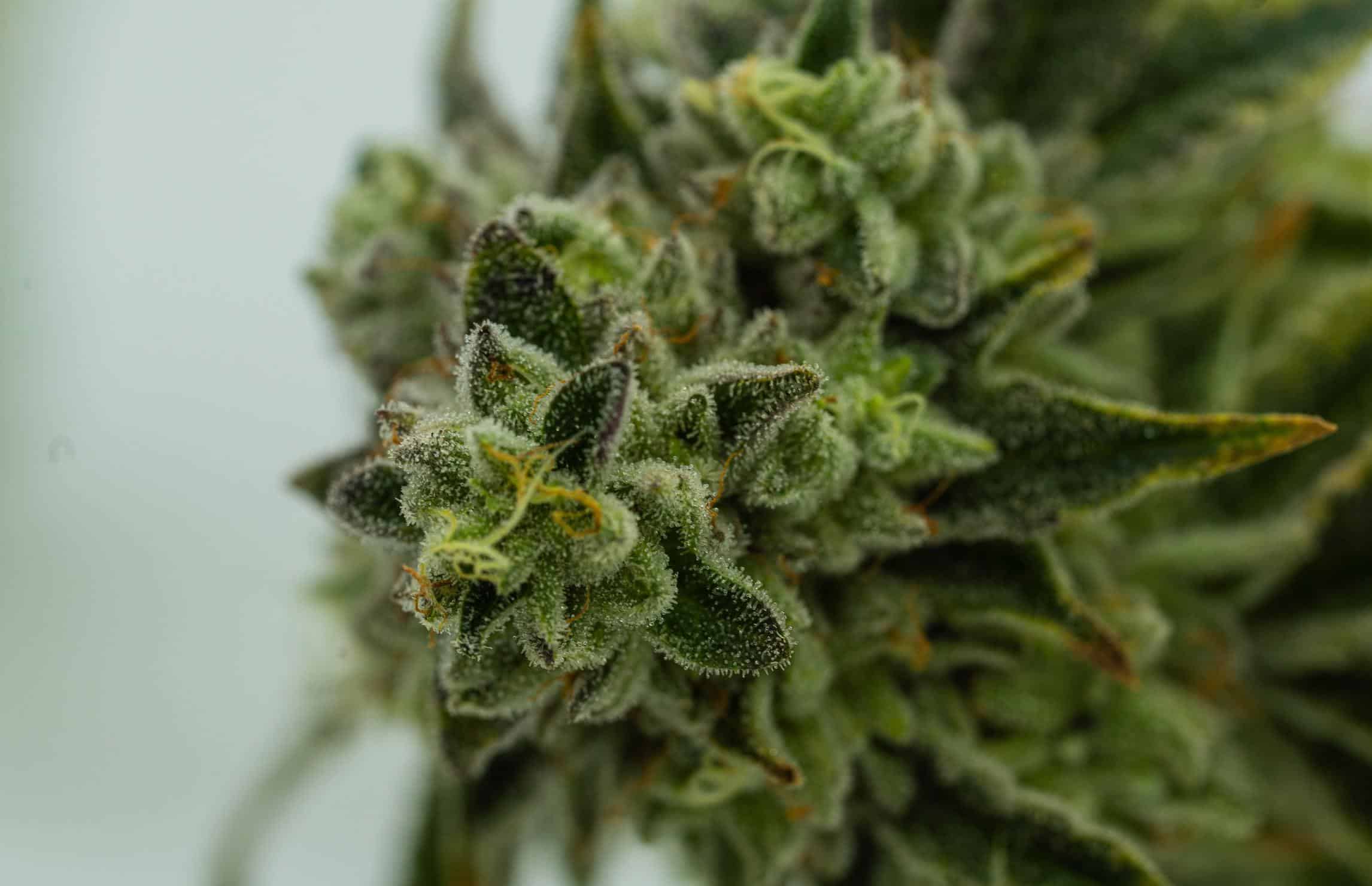
Key Lime Pie Strain
Sometimes, cannabis strains are so transcendent that various breeders try to make their mark with their own phenotype, as you’ll see in this Key Lime Pie strain review.
While this cannabis phenotype isn’t a strain itself, it has been credited to two separate breeders in California. Who truly came up with it first is still up in the air.
For now, we’ll focus on the positives found with Key Lime Pie ganja and see if it’s the right fit for you!
Key Lime GSC Strain Genetics
Key Lime Pie strain is a specific phenotype of Girl Scout Cookies or GSC. That is why Key Lime Pie is also referred to as GSC. Since it’s not a specific cannabis strain, it is rare and has to compete with other phenotypes of GSC, like Thin Mints and Platinum GSC.
As most of us even remotely interested in cannabis know, GSC is one of the most popular strains for medicinal and recreational users and has spawned a whole new generation of child-strains as well.
But, breeders aren’t only concerned with creating new child-strains to make something better. Sometimes, breeders want to enhance the current cannabis strains and bring out the best traits possible.
That is why phenotypes like Key Lime Pie come to fruition. Key Lime GSC is actually credited to two different breeders: Burning Bush Nurseries and Purple Caper Seeds. Both of these are located in California.
Key Lime Pie Strain Breeders
The Burning Bush Nurseries variety is a clone-only phenotype of GSC.
Purple Caper Seeds used a clone of GSC from Santa Cruz, CA, and bred it back with a GSC F2 male to create Key Lime Pie seeds.
Getting your hands on seeds or a clone of Key Lime GSC can be a challenge since the phenotype isn’t widely accepted across California. California is already home to multiple GSC phenotypes, so it’s hard to establish another.
Cookie Fam has thrown their name in the hat to move Key Lime Pie as well, and they currently sell Key Lime GSC flower.
Ocean Grown Seeds has taken the Cookie Fam Key Lime Pie genetics and cross it with its own Alien Rift strain to create the child-strain known as Jawa Pie that is known to couch-lock its smokers.
Purple Caper Seeds also used Key Lime Pie to create a child-strain called Key Lime Zkittlez, which is obviously a cross with Zkittlez and Key Lime GSC.
This phenotype may or may not become a household name in the world of cannabis, but some of these unique child-strains may be worth a try if you can get your hands on them!
Key Lime Pie Strain Yield
This strain produces like a typical indica, growing more laterally than vertically. It responds best to early topping to encourage more lateral growth and the pruning of larger fan leaves that block too much airflow and sunlight.
This phenotype of GSC ganja produces small-to-medium nugs that are as dense as can be. Once harvested and cured, it can be hard to even break up to smoke. Keep that grinder handy.
This strain won’t produce excessive harvests, but indoor growers can expect to get around 10-12 ounces per plant. Outdoor growers exposing their plants to the best conditions can expect 12+ ounces per plant.
Key Lime Pie Strain Flowering Time
Like most GSC phenotypes, Key Lime Pie weed has a flowering time of around 63-70 days. If growers can submit their plants to lower than average temperatures during the earliest stages of flowering, they expect to bring out the purple hues commonly found in Key Lime Pie.
The buds won’t be huge, but they will feature deep green hues that may intertwine with purples and a healthy coating of sticky trichomes.
THC Percentage
This phenotype of GSC should average around the same THC level as GSC in general. It’ll hover around 18-22% THC. However, Burning Bush Nurseries has tested their Key Lime GSC and found levels up to 25% THC.
The high most users experience with Key Lime Pie is physical relaxation while delivering a mental boost of creativity and focus. However, the high levels of THC can turn that focus into a dreamy fog with too much physical relaxation that turns to couch-lock.
The enticing essence of Key Lime Pie and the stunning visuals will make beginners quick to smoke some and potentially overdo it. It’s best to take it slow with this strain, as the high hits quickly and you’ll know whether or not you should smoke more within a couple of minutes.
Key Lime Pie Strain Flavor & Aroma
Key Lime Pie is known for a candy-like essence reminiscent of lime, along with hints of spicy mint. The smokey exhale may taste a bit more earthy and chocolate, as most GSC does.
Key Lime Pie is richest in the terpenes Caryophyllene, Limonene, and Humulene.
Caryophyllene provides a spicy essence and helps fight inflammation in consumers.
Limonene is responsible for the citrus notes of Key Lime Pie and is known to help reduce the effects of anxiety and stress.
Humulene has a more herbal aroma and is also known to fight the effects of inflammation.
Clearly, the terpene profile sets this marijuana strain up for treating mental and physical ailments!
Medical Conditions Key Lime Pie Strain Can Help
Medicinal users would do well by reaching for Key Lime Pie when suffering from these conditions:
- Anxiety
- Chronic Stress
- Insomnia
- Chronic Inflammation
- Aches & Pains
- PTSD
- Mood Disorders
- Depression
- Arthritis
- Migraines
Medicinal users who seek these effects but can’t locate Key Lime GSC can reach for other phenotypes of Girl Scout Cookies in the effort to get the same medicinal benefits.
“
There are over 300,000 jobs in the cannabis industry. CTU trained me for one of them!

Makes $24.50 @ THC +
Price of Key Lie Pie Strain
The average price of Key Lime Pie strain is as follows; $12-$16 per gram, $52-65 per 1/8th ounce, $98-$109 per 1/4 ounce, and $200-$218 per 1/2 ounce.
Final Words On The Key Lime Pie Weed Strain
Phenotypes of established cannabis strains don’t always make a splash on the cannabis scene like new, exciting marijuana strains.
However, breeders who aim to get the most out of the genetics in front of them deserve the spotlight, because phenotypes sometimes outshine many popular strains that people crave!
Here are Cannabis Training University, we want our readers to be informed on the best strains and the best phenotypes of each strain, so you’ll be reading more about both soon enough!

Gavin Kushman
Gavin is a worldly adventurer and cannabis connoisseur, embarking on journeys that take him to the far corners of the globe to explore and document the varied effects, flavors, and histories of both renowned and lesser-known strains. From the misty high-altitude farms of the Hindu Kush highlands to the vibrant cannabis cafes of Amsterdam, Gavin's quest for knowledge spans continents. A recognized authority in the cannabis industry, he frequently lends his expertise to leading publications such as Cannabis Training University, where his captivating blog articles chronicle his unique experiences with different cannabis strains.


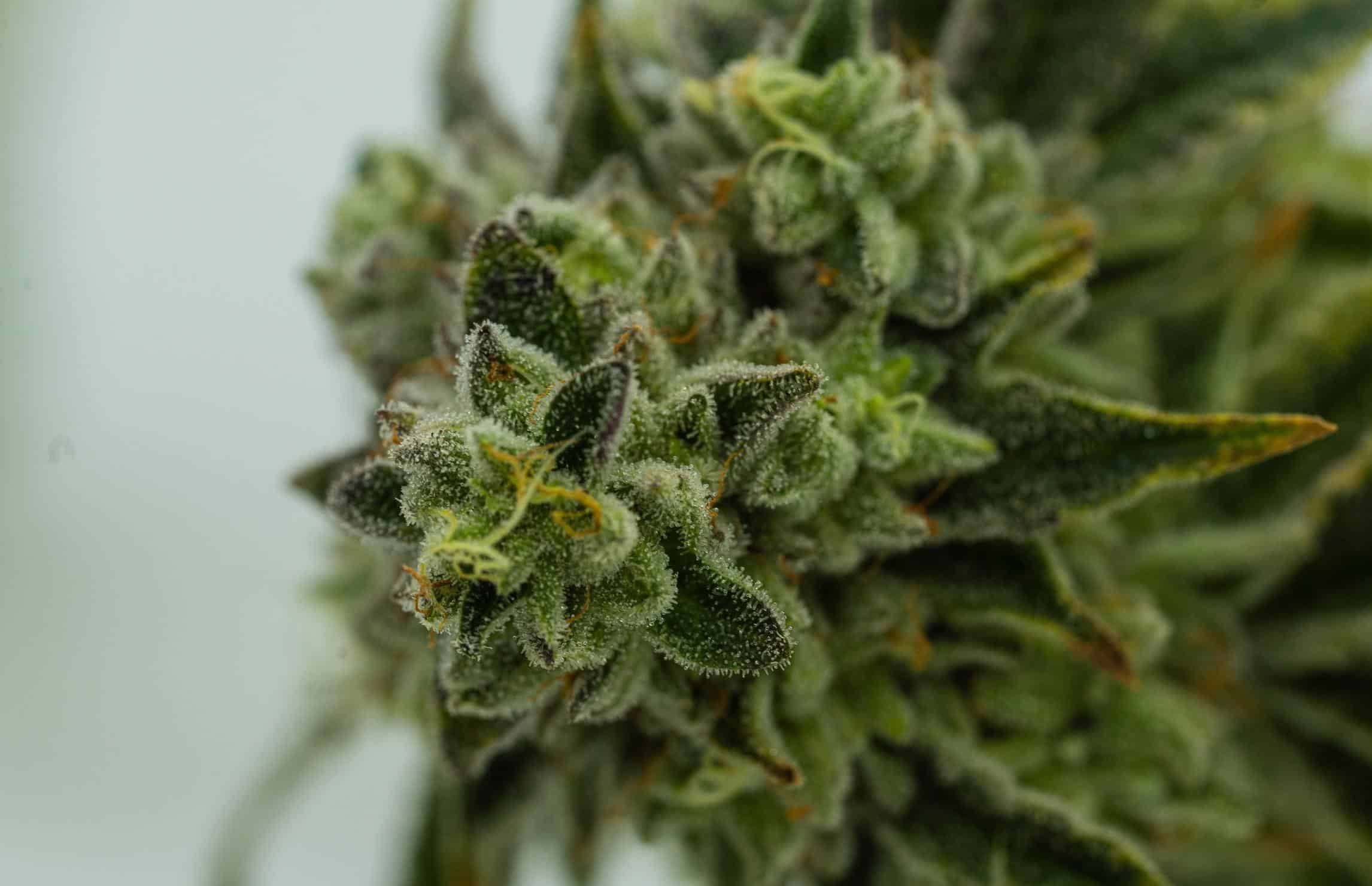



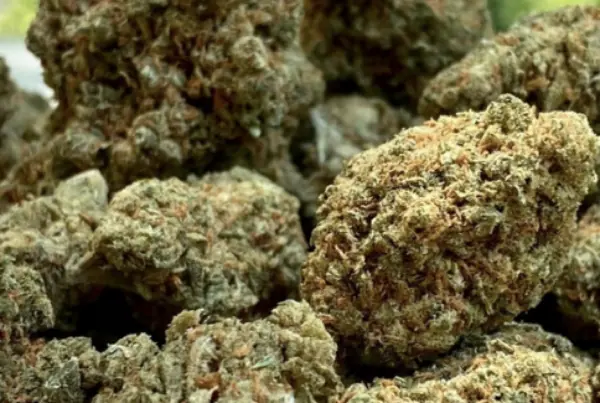
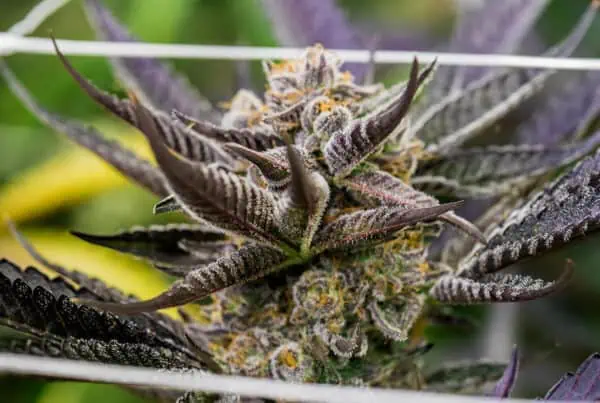


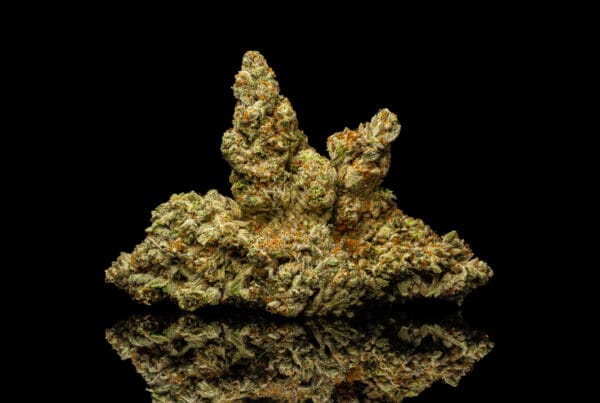

 Jeff was involved in an accident where he endured a traumatic brain injury. He had a week-long stay in ICU where brain surgeons
Jeff was involved in an accident where he endured a traumatic brain injury. He had a week-long stay in ICU where brain surgeons  100% risk free money back guarantee within 48 hours after purchase if student has not completed any of the courses or exams.
100% risk free money back guarantee within 48 hours after purchase if student has not completed any of the courses or exams.